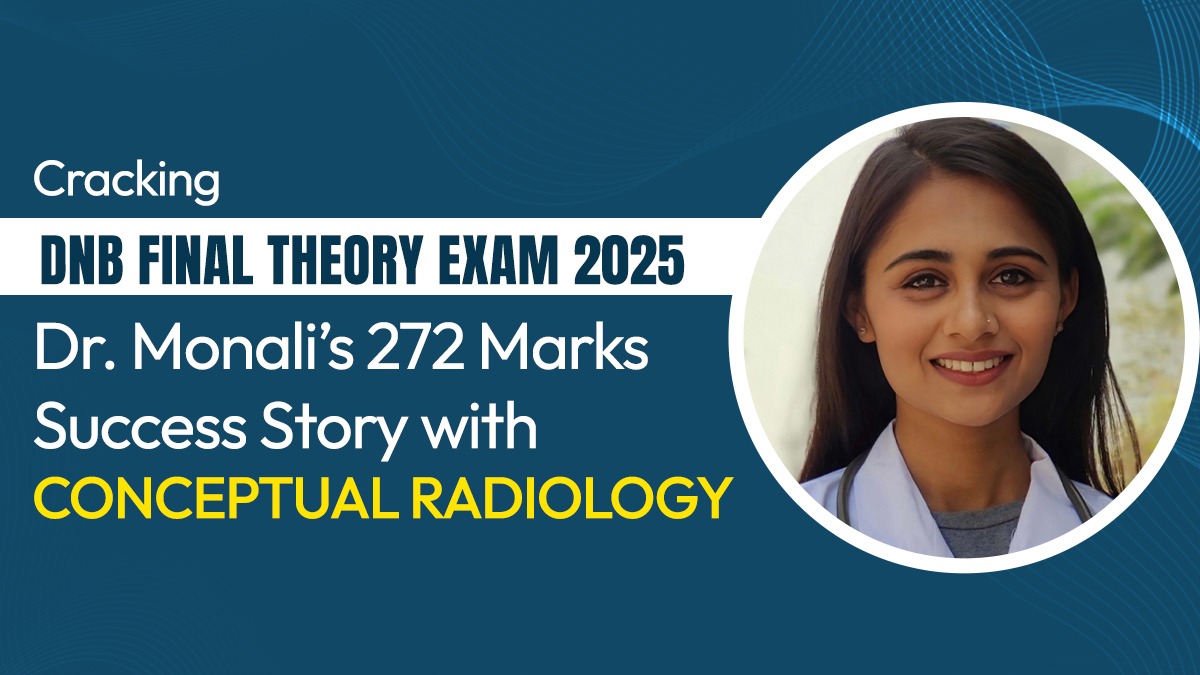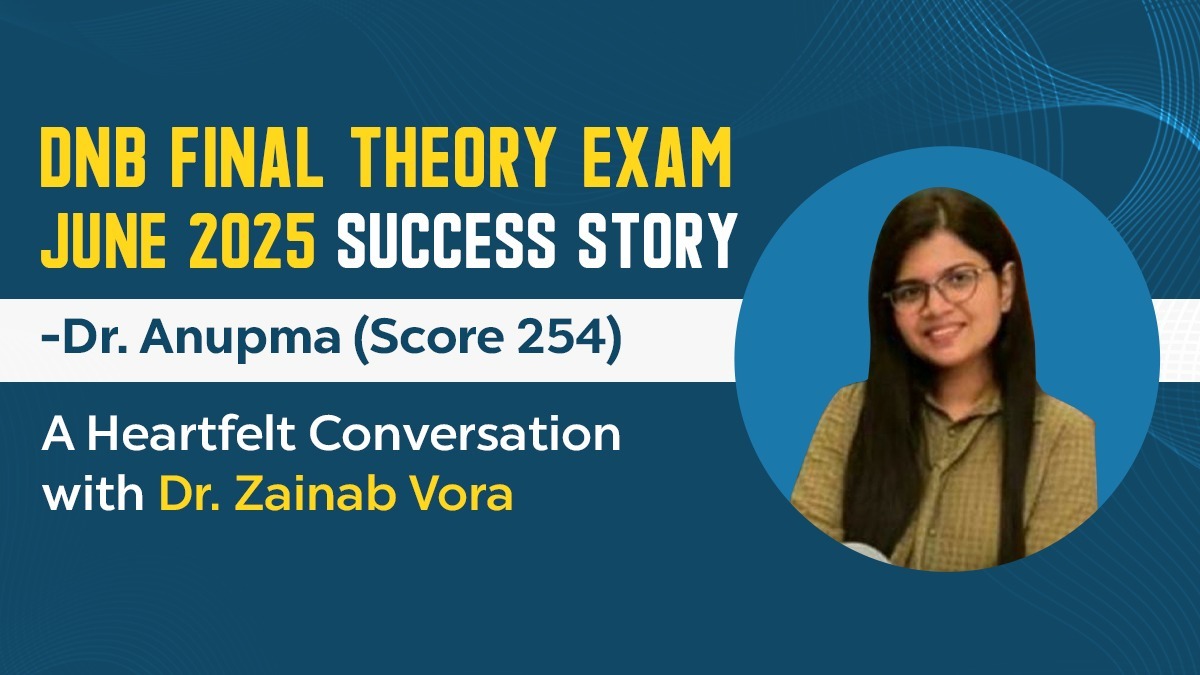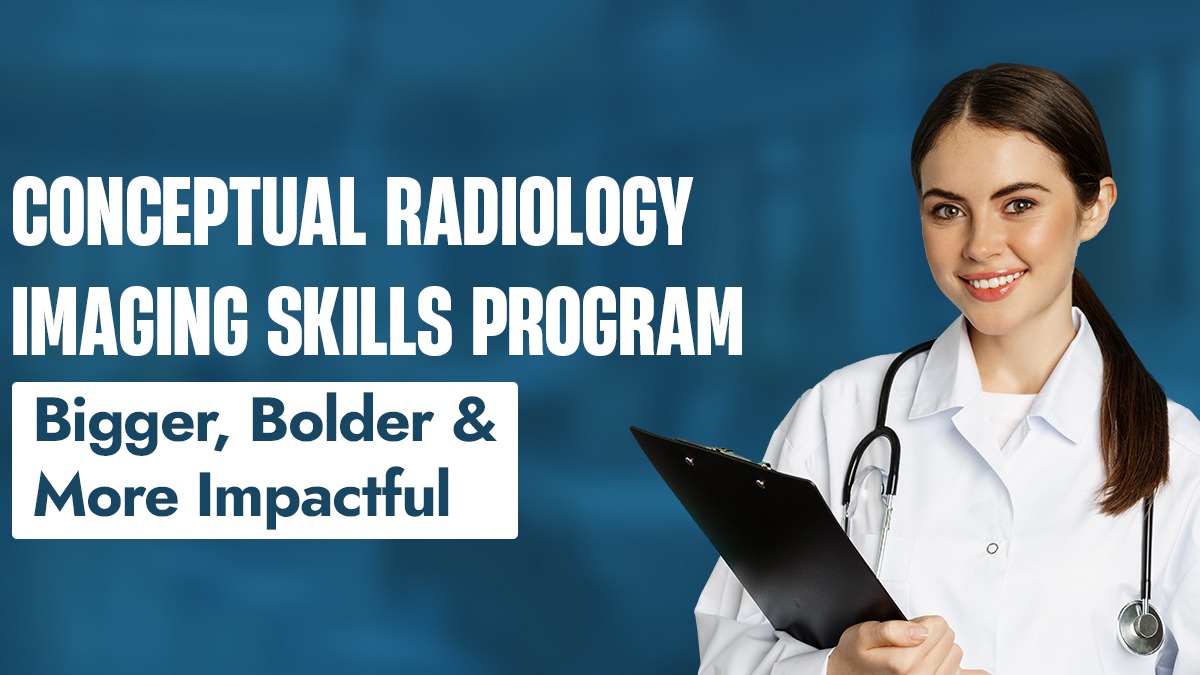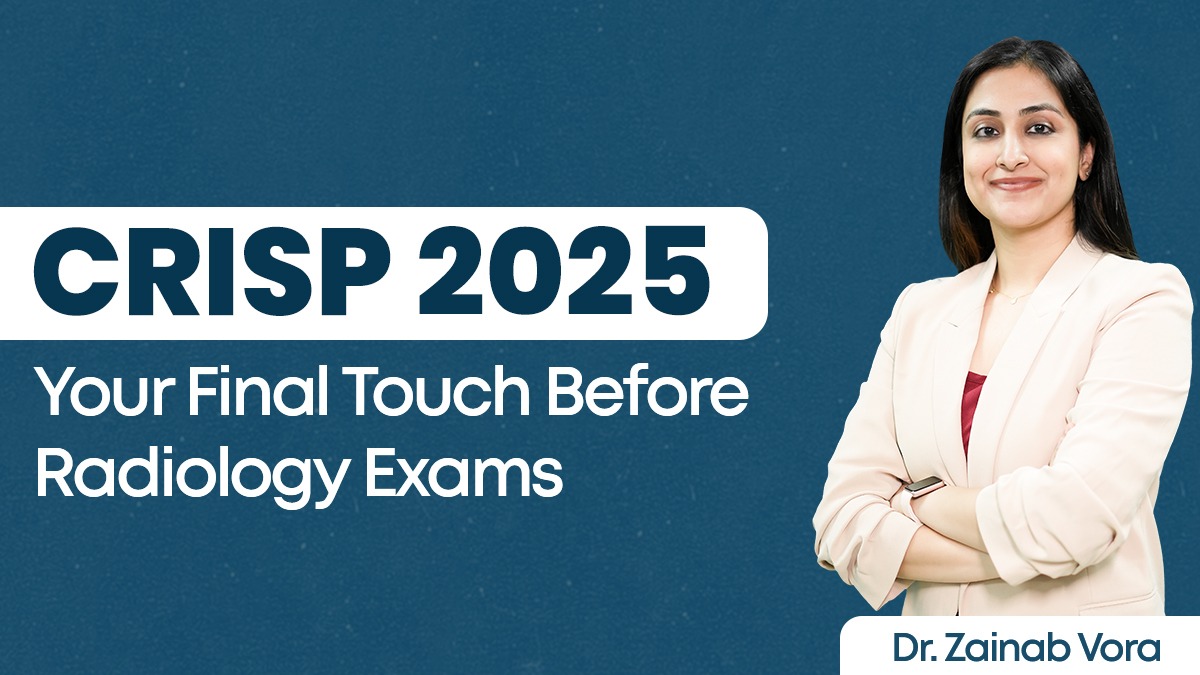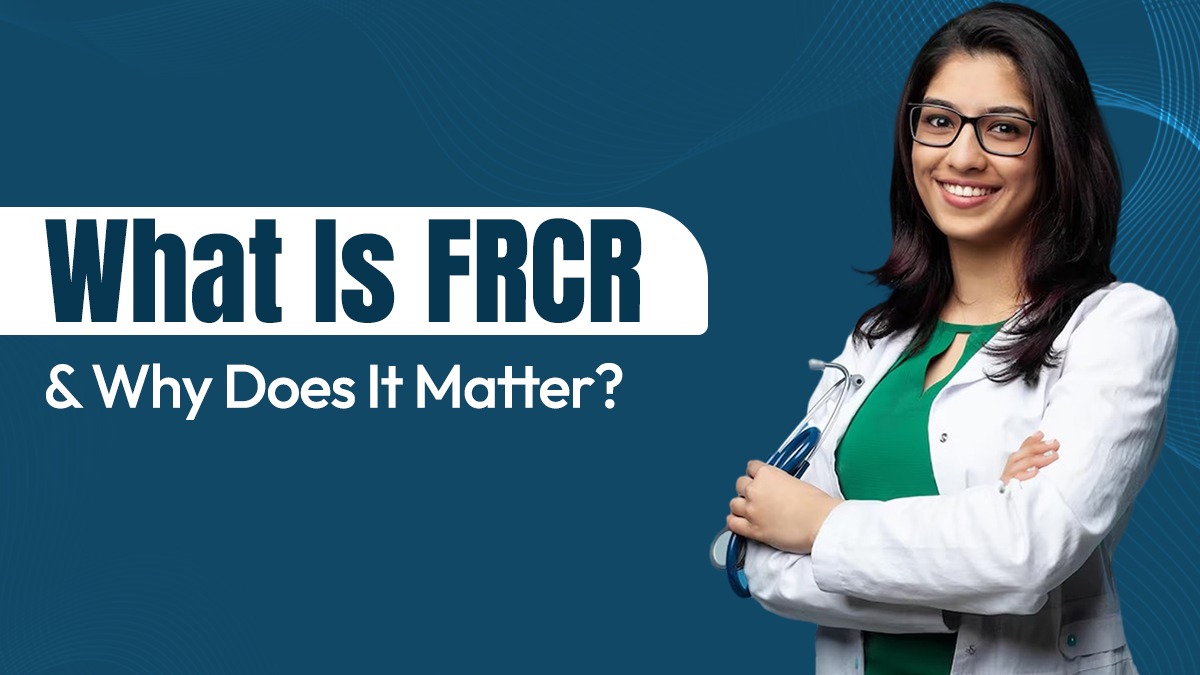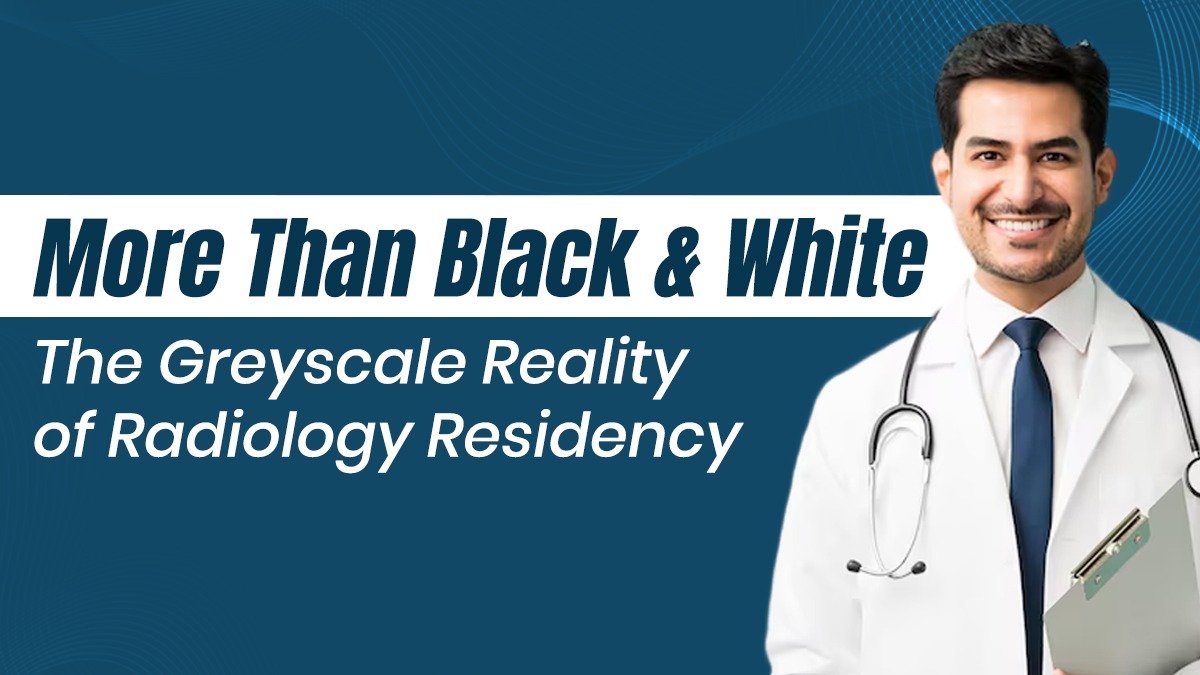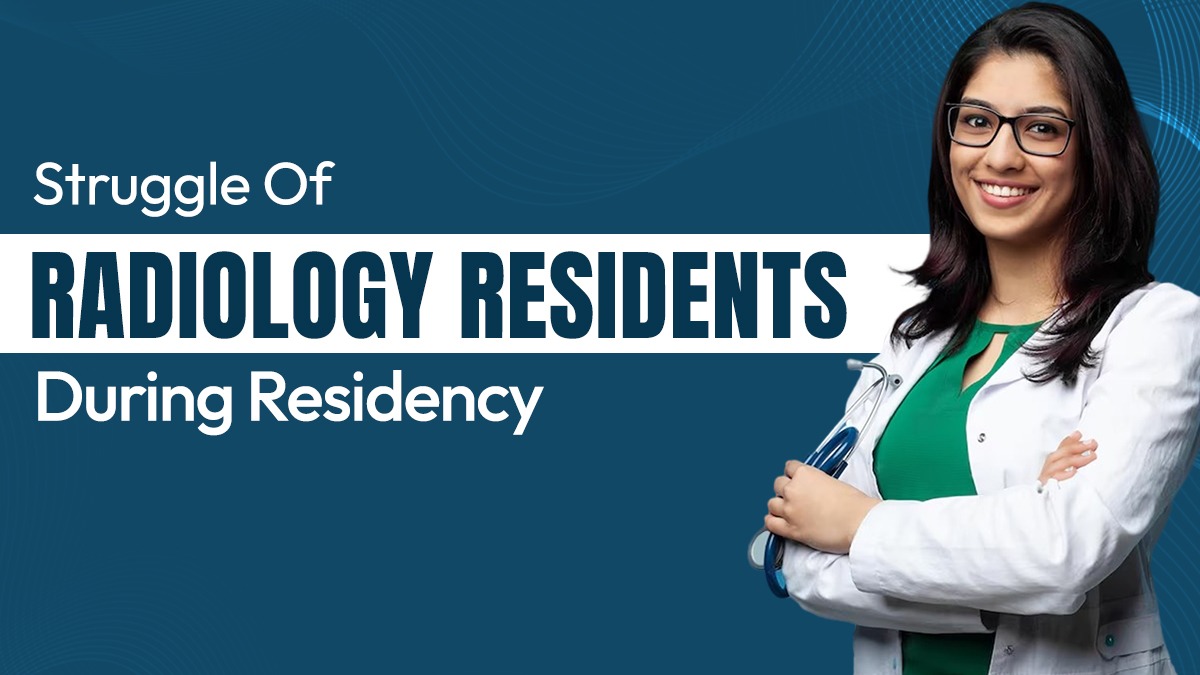Estimated reading time: 6 minutes
Radiology residents are often described as the “invisible backbone of modern medicine. But though they may never come face to face with their radiologist, every one of those images, every report, every oversimplification, shapes the lives of these patients. For many, the beginning of the journey is the slowly unfolding maze of this gloriously complex, densely concentrated treasure trail of a field. It’s a forward march that is characterized by academic rigor, quiet resolution, and a tireless pursuit of clarity.
Entering Radiology Residency
From experience, Radiology Residency is generally just under 3 years, and if it goes beyond that, it varies depending on your country, and more specifically, your program. Though it starts after you finish graduation and 1 year of internship. The entry is highly competitive, especially for interventional radiology residency programs, which are considered among the most dynamic and technically demanding subspecialties in medicine.
The first year is all about grounding, and residents learn the basics of imaging modalities like X-ray, CT, MRI, and ultrasound. They are trained to understand anatomy in cross-sections, learn how diseases manifest in images, and start building their diagnostic eye. It’s like learning a new language, visual, precise, and silent.
Growth: Learning to See Beyond the Image
It’s not just about findings in radiology. That is context, pattern recognition, clinical correlation, and understanding what those findings are trying to tell you about this patient. One grows as a radiology resident, moving from being a passive imaging watcher to a diagnostic imbuing clinician, in which case future diagnosis and management are directed.
In the second and third years, residents rotate through the subspecialties –neuroimaging, musculoskeletal radiology, pediatric imaging, chest, abdomen, and breast radiology. Each comes with its complexity and array of diagnostic mysteries. At this point in the training, residents start reading scans themselves with supervision and develop trust in their clinical acumen.
Grit: The Unseen Strength of Radiology Residents
Whereas the physical exertion in radiology residency may not be as significant as that for surgical disciplines, the mental stress is palpable. Hours are spent by residents scrolling through hundreds of images, comparing timelines, recording descriptions, and at times making life-saving calls based on nuances others might miss.
Emergency night duties, trauma scans, stroke alerts, intensive care unit follow-ups, and checking their stamina. The pressure to be spot on always is high, as one overlooked detail could result in either a wrong diagnosis or a treatment plan that is delivered too late. This is where having grit is critical. It’s that silent resilience, determination, and mental fortitude we’ve developed in radiology residency that makes us the clear choice as advisers.
The residents also need to address clinical “relevance. By necessity, radiologists work behind the scenes, yet they need to take special care to work with clinicians, to participate in multidisciplinary team meetings, to do occasional joint and to stay involved in patient-centered care.
Goals: Shaping a Future in Radiology
Radiology residents are preparing to enter independent practice or engage in subspecialty fellowships. Some are interested in an academic career while others will pursue so-called subspecialty training, such as residencies in neuroradiology, musculoskeletal imaging, or interventional radiology, which involves both diagnostic imaging and image-guided therapeutic work.
- The scope is broad, and the career opportunities are many:
- Private or Hospital Practice Diagnostic Radiology
- Interventional Radiology with minimally invasive procedure treatments
- Teleradiology and Remote Reporting
- Artificial intelligence in imaging and research
- Teaching and Academic Roles
Residents, in turn, study for a final board exam, which examines not only theoretical knowledge but also real-life clinical decision-making.
Expert Faculty at Conceptual Radiology
One of the greatest strengths of Conceptual Radiology lies in its team of passionate and expert educators. The platform is guided by:
- Dr. Zainab Vora
- Dr. Vivek Jain
- Dr. Ashish Shukla
(And the list does not end here, there are so many more expert faculty who make the platform academically strong and clinically sharp.)
Whether you’re gearing up for NEET SS, preparing for DNB exams, or just trying to survive PG life, their approach makes learning more intuitive and rewarding.
YouTube Channel: Conceptual Radiology on Video
The Conceptual Radiology YouTube Channel is a dynamic, free learning space crafted especially for radiology residents and PG aspirants. It caters to both beginners seeking foundational clarity and advanced learners aiming to master diagnostic nuances.
- What can you expect from this channel?
- System-Wise Imaging Modules
- Radiology Spotter Series
- Viva Preparation & Case Discussions
- Toppers’ Talks & Faculty Interviews
Watch here: Conceptual Radiology YouTube Channel
A Day in the Life of a Radiology Resident
While days may vary based on rotation, here’s a snapshot of a typical day in a resident’s life:
- 8:00 AM: Morning briefing or multidisciplinary meeting with clinicians
- 9:00 AM – 1:00 PM: Reading sessions interpreting scans, dictating reports, and discussing with consultants
- 1:00 PM – 2:00 PM: Lunch and case discussion with co-residents
- 2:00 PM – 5:00 PM: Hands-on training in procedures (biopsies, drainages, angiographies if in interventional radiology)
- 5:00 PM – 6:00 PM: Academic activities, journal club, or lectures
- Night Shifts: On-call for emergency CT/MRI reporting, trauma cases, or ICU follow-ups
Each day brings something new and unexpected, diagnoses, rare cases, or urgent decisions that make a real difference.
Why Radiology Residency Stands Out?
That mix of technology and humanity is what has always made radiology special. It takes a sharp eye, a curious mind, and a steady hand. (Residents) become extremely analytical and learn not to just master a few imaging techniques but to diagnose with unparalleled accuracy.
A radiology residency hammer might fall quietly, but it often falls fast. From finding a tumor early to guiding a life-saving procedure in the moments it takes place, radiology steers the course of treatment in nearly every specialty of medicine.
The Emotional Landscape: From Isolation to Purpose
Radiology residents often feel isolated, a familiar feeling given their comparatively more indirect patient-facing role. But growing into those roles, they realize the weight they bear. It’s a story in every scan, and they are the ones who are decoding it.” Their reports have influenced surgeons, oncologists, emergency physicians, and beyond.
There are also the joys of unraveling a diagnostic mystery or of catching a disease early. During these times, we are reminded of how meaningful we can be as radiologists.
Conclusion: More Than Just Images
The life of a radiology resident is one of continuous growth, silent strength, and focused goals. It demands long hours, constant learning, and unwavering attention to detail. But in return, it offers a unique vantage point in medicine, one where knowledge meets vision, and precision meets impact.Whether it’s through traditional diagnostic roles or cutting-edge interventional radiology residency programs, the journey is transformative.


